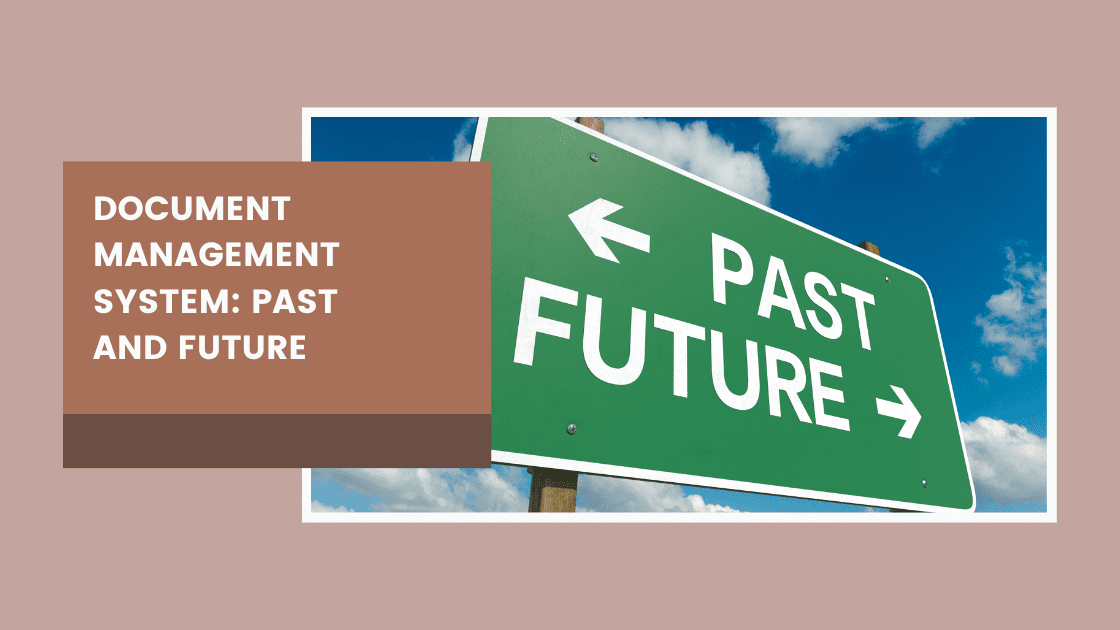Document management has come a long way since the invention of writing systems. From paper-based filing systems to digital document management, the way we manage, store, and access information has evolved significantly over time. In this blog post, we will explore the past and future of document management.
The Past of DMS
In the past, document management was primarily paper-based. Documents were stored in physical filing cabinets, and managing them was a time-consuming task. Retrieving documents often required sifting through hundreds of papers to find the relevant information. The risk of losing or misplacing important documents was also high.
As technology advanced, the use of computers became more widespread, and document management evolved. The use of word processors and spreadsheets allowed users to create, edit and store electronic documents on their computers. The introduction of email also made it easier to share and collaborate on documents.
However, the use of computers also posed new challenges. As the number of documents increased, finding and organizing information became more difficult. Document management software was developed to help users manage their electronic documents. These systems allowed for document categorization, version control, and full-text search capabilities, making it easier to locate documents quickly and efficiently.
The Future of DMS
In recent years, document management has continued to evolve with the rise of cloud-based storage and artificial intelligence. With cloud-based storage, users can access their documents from any device with an internet connection, making it easier to collaborate and work remotely. Artificial intelligence is also being used to automate document management tasks, such as categorization and indexing, and to extract key information from documents.
In the future, we can expect document management to become even more advanced. We may see the integration of blockchain technology to ensure the security and authenticity of documents. Machine learning algorithms will likely be used to better understand user behavior and to provide personalized document management solutions. We may also see the emergence of new technologies, such as augmented reality, which could transform the way we interact with and access documents.
Conclusion
Document management has come a long way from the days of paper-based filing systems. The past few decades have seen a significant shift towards electronic document management, with the development of document management software and cloud-based storage. The future of document management looks even more exciting, with the potential for blockchain, artificial intelligence, and other emerging technologies to transform the way we manage and access documents. As technology continues to evolve, we can expect document management to become even more efficient, secure, and personalized.


0 responses to “Document Management System: Past and Future”